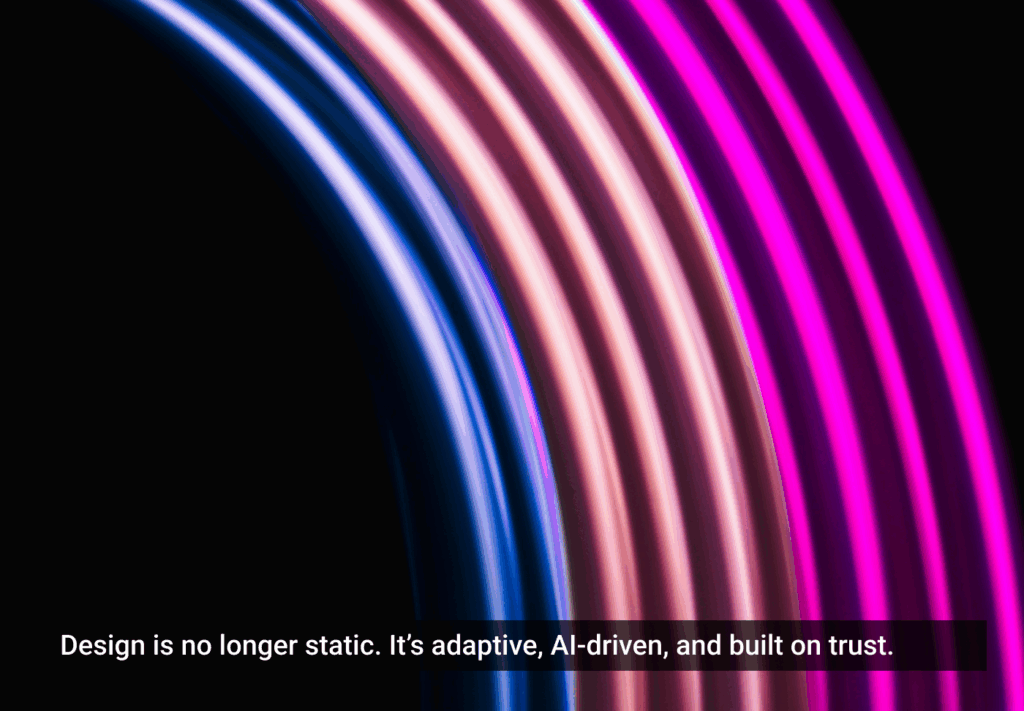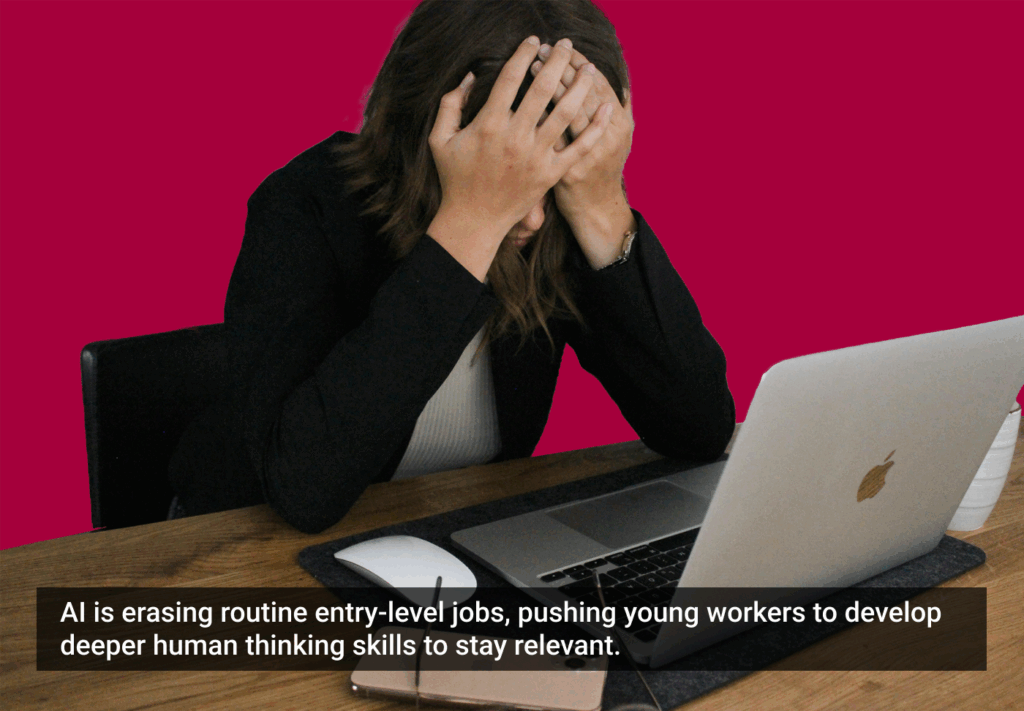- Artificial Intelligence, Design Leadership, Future of Design, Future of Work, Product Management
Uncover the AI-driven future of product management, where execution is automated and staying close to the market is key.
Article by Pavel Bukengolts
The AI-First Operator Is the New Product Manager
- The article explores how AI tools such as Startup.ai and Ideanote are turning ideas into products, minimizing the need for traditional project management jobs.
- It stresses that success in product management today depends on staying close to present market signals rather than coordinating or interpreting concepts.
- The piece highlights that the future belongs to quick thinkers: AI prioritizes ideas over resumes, leveling the playing field for innovators everywhere.
Share:The AI-First Operator Is the New Product Manager
Share this link
- December 4, 2025
3 min read






